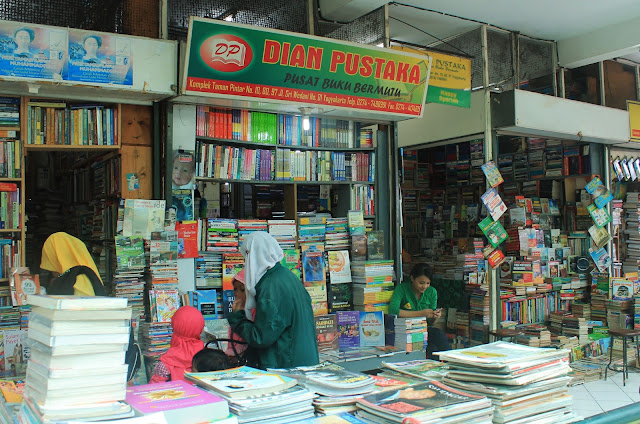Once upon a time, there were some fishermen and pirates anchored off the coast of the island. They came to the island for pure water that was hard to find in other places except in Penyengat Island. Feeling of being disturbed by those people, a group of bee flied over them to take revenge on. Those people got stung by the bee, so the island was named “Penyengat” that literally means “stinger.”
Another story grappling with the early history of Penyengat Island is the story of Sultan Mahmud Marhum Besar, who ruled over Riau-Lingga Sultanate from 1761 A.D. to 1812 A.D. It is said that the sultan proposed a marriage to Engku Putri Raja Hamidah, the daughter of Raja Ali Haji. As he loved the girl very much, a 240-ha island named Penyengat was bestowed upon her by the Sultan.
Start historical travelling in Penyengat Island by taking a visit to the Great Masjid of Sultan Riau. The masjid was built in 1832 A.D. upon initiative by Yang Dipertuan Muda VII Raja Abdul Rahman. The masjid keeps some handwritten Korans and a number of ancient manuscripts that were written on Arabic and Jawi scripts.
The architecture style combines the Malay, Arab, and India styles together. It is said that the masjid‘s wall was the mixture of red-bricks and albumin, which was used as the glue.
Feeling enough observing the elegance of the Great Masjid of Sultan Riau, you can move to other historical sites but, we recommend you to take a visit to several mausoleums of Riau-Lingga Sultanate staffers. There you can find the mausoleum of Engku Putri Raja Hamidah and Raja Ali Haji‘s graveyard. The most interesting one is the mausoleum of Raja Ali Haji because here, you can see one of his great literary works entitled Gurindam 12. You can read the whole series of Gurindam 12 that were carved out on the mausoleum‘s wall.
Move to another site, thus you will find an adat house where numerous royal properties of Riau-Lingga Sultanate are kept well within. In this Malay-style building, the Riau Islands people often hold some activities such as adat meetings and wedding parties. Moreover, the local inhabitants usually take some water from a spring located on the ground floor of the building. They do believe in the efficacies of the water, which can heal certain diseases. By the way, the water is believed to have ability of helping the one for getting a marriage partner soon.
Bukit Kursi Fortress, which was built during 1782 to 1784 A.D. when the Riau-Lingga Sultanate was under the role of Raja Ali Haji, is another must-be-visited site. The fortress was built facing directly to the sea, hence you can experience two travelling sensations at the same time, undergoing historical travelling and enjoying the turquoise sea water.

















